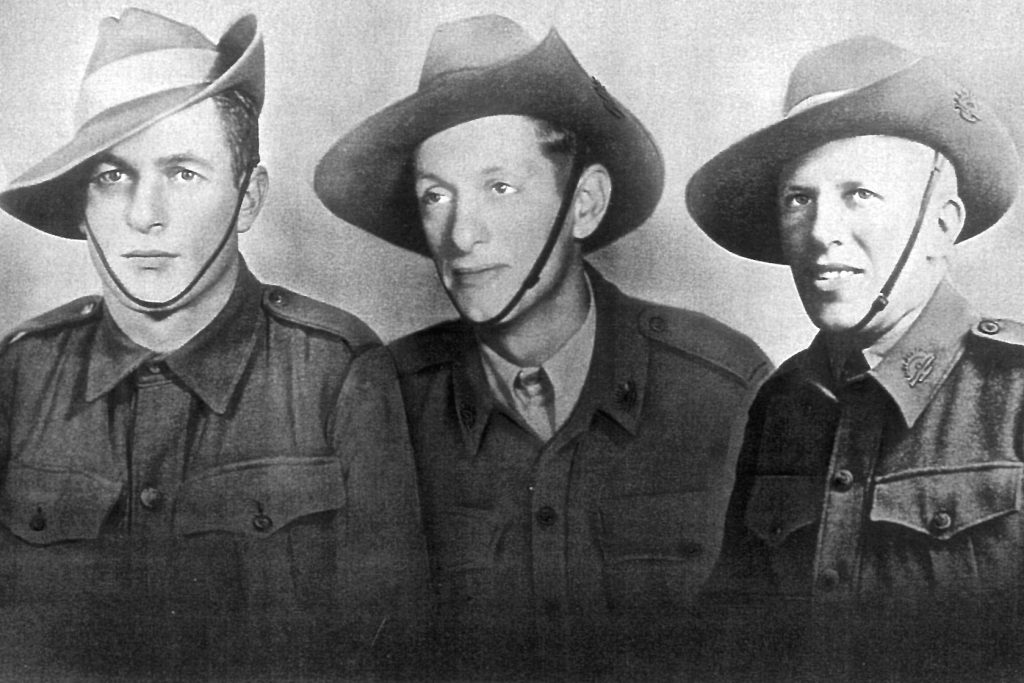
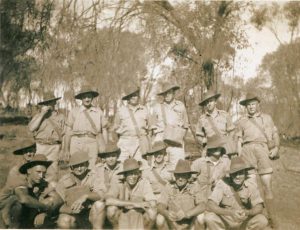
Rolf Walker Newling was born June 1911 and the eldest of the three brothers to join the 2/4th. Second brother Rexford Frank (Rex) Newling born in April 1913 was in fact the first to enlist on 8th October 1940 with Rolf enlisting a few weeks later on the 25th October 1940.
Oswald Kitchener (known as Kitch) Newling born in June 1915 was the youngest of the brothers. His occupation is recorded as boat repairer. Oswald enlisted 27th October 1941.
On 8th July 1942, Rolf Newling with ‘B’ Force departed Changi (the first of the Newling Brothers to leave Singapore) under the command of Lt-Col A.W. Walsh of 2/10th Field Regiment, AIF. They boarded the ship ‘Ume Maru’ heading for British North Borneo. This force comprised 1,494 Australians of which 145 were officers.
Rolf Newling managed the survive 3 years of hell at Sandakan before heading off on the Sandakan-Ranau Death March. He died at Ranau on 13th June 1945 aged 33 years. Rolf left behind a daughter Joan and a son Gordon. He married Eileen Alice McComish about 1934. Eileen died 1986 aged 74 years.
Please read about his body being identified in 2000
Please read further about ‘B’ Force Borneo
Following capitulation Kitch and Rex, both with Headquarters Company were accommodated at Selarang Camp and Barrack before departing for the Burma-Thai Railway 17th March 1943. Trucks moved ‘D’ Force V Battalion from Selarang Barracks to Singapore Railway Station where they entrained through Malaya for four days to Thailand. They arrived at Kinsaiyok Camp on 31st March 1943. Located on the bank of River Kwae Noi the accommodation was described as ‘not too bad’. The first job was to cut a track through the jungle ahead of the rail laying gangs and excavation of a long cutting. Seven men died during the 32-day stay.
Their next camp was Brankassi. It was judged to being worse than Kinsaiyok with mud contributing to the discomfort. Tents were old and threadbare, water would enter during heavy rain and their bamboo slat beds were about 2 feet from the ground. 27 men died at this camp including 5 machine gunners. It was here that a Japanese Engineer Corporal given the name ‘Black Cat’ took great delight in beating and terrorising the POWs.
On 10th July 1943 the men moved to Hindaine where conditions were much the same. Mud, little food and men dying every day without medical supplies. On 10th August 40 of the heavy sick were evacuated. 28 men died at this camp including several machine gunners.
They travelled by barge from Hindaine to Kuii camp on 31st August. Work commenced immediately with every available man and continued through until 17 December 1943. It was here the men were accommodated with 1700 Dutch POWs
A total of 52 men died at Kuii. Included were 16 machine gunners as well as Rex and Kitch Newling. In the appalling conditions and of the original 500 men, 200 had died by December 1943 and another 20 died by the end of March.

Below: Kuii Camp Cemetery in 1945
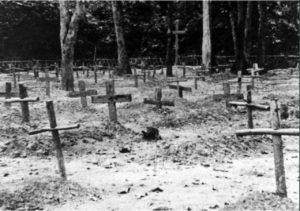
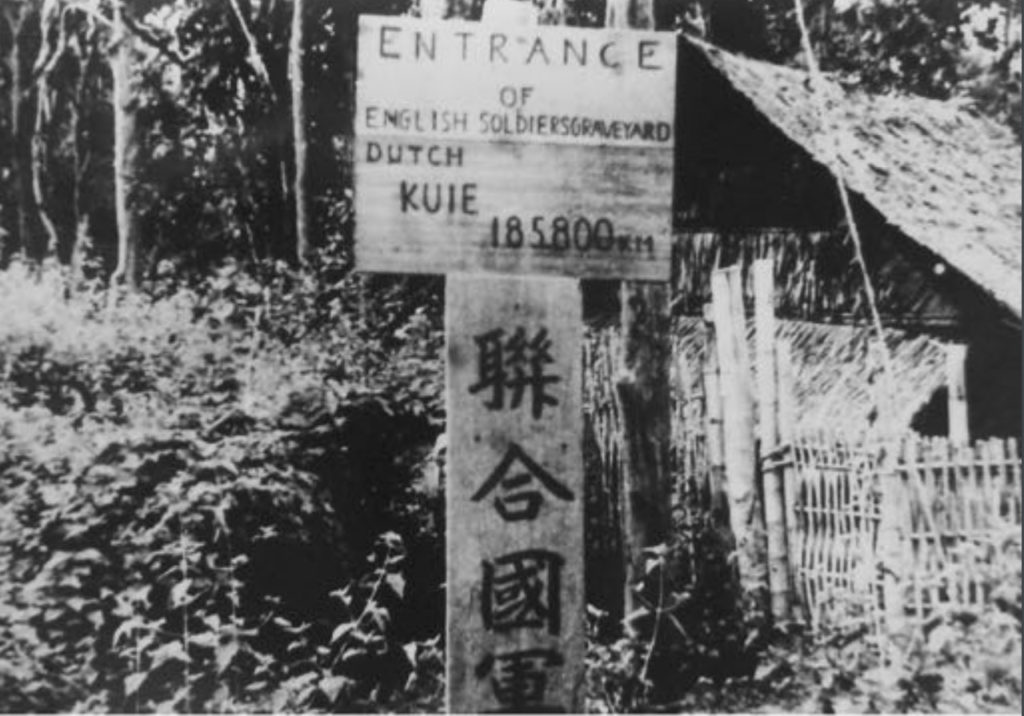
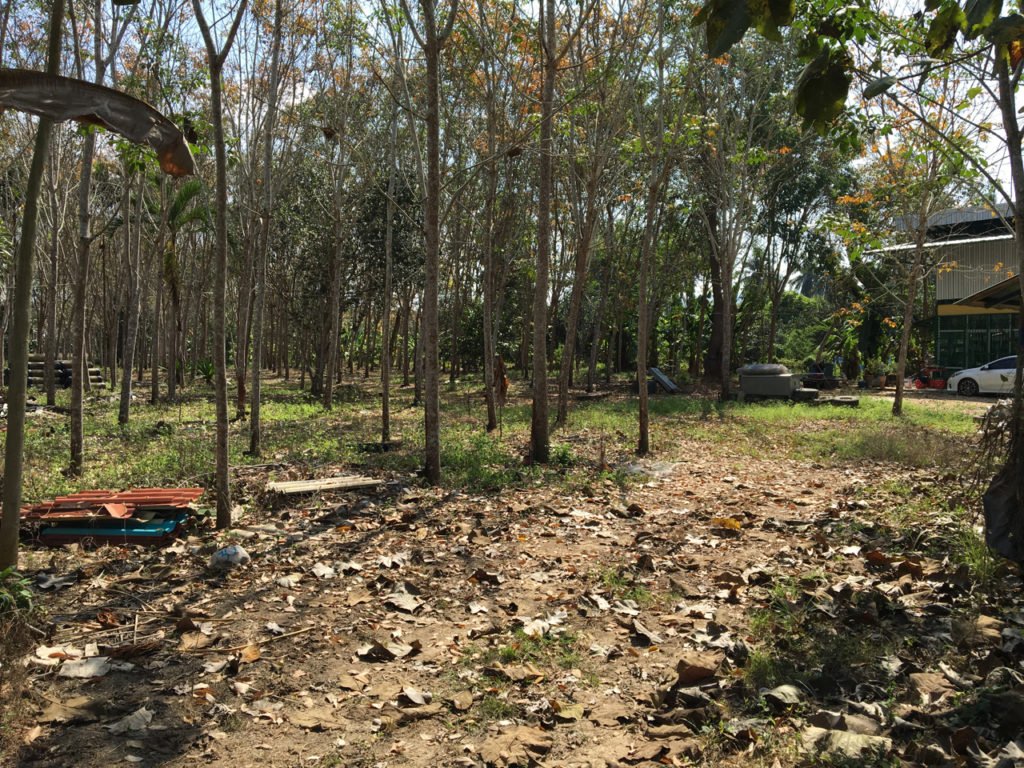
Please read further about this work party who suffered extremely high number of deaths on Burma-Thai Railway
Rex Newling aged 30 years, was the first to die on 29 September 1943 Kitch aged 28 years died 4 weeks later on 22 October 1943. They both died of malaria. Kuii Camp was without any medicines and little food.
After the war their bodies were interred and buried at Kanchanaburi War Cemetery.

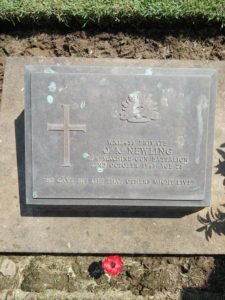
Kitch Newling married about 1935 to Kathleen Mary Williams. The couple had one son Malcolm Kitchener born 1941. Malcolm died in 1980 aged 39 years.
Rex Newling married about 1941 to Doris Jones. Doris Newling resided at Gin Gin.
Their parents William John Newling married Lillian Mary Walker (known as Queenie) 1905 at West Leederville.
Their first born child was son John Gordon (sometimes known as Jack) Newling in 1906. He married Eileen Johnson about 1929.
Below:

Above, Jack Newling worked in the fire department and was stationed in Perth when he died on 22 June 1946 following a motor cycle accident two weeks earlier He was father to four children: John, Jan, Colin and Terry.





Catherine Newling born 1908 was the only daughter.
Rolf Newling born in 1911.
Red Newling born 1913
Kitch Newling born 1915.
Below: William John (Jack) Newling

Below: Lillian Mary ‘Queenie’ Newling (nee Walker)

Their father, William John Newling died 2 Nov 1943 at Wembley aged 63 years. His wife Queenie died Nov 1966 aged 80 years – her husband and four sons had predeceased her.


William John Newling enlisted WW1 28 Sep 1915, Service No. 5536 joined 2nd reinforcements 13th Field Company Engineers. He embarked overseas leaving his wife Queenie with five children to care for. He served in France and spent time hospitalised ill. He returned to WA aged 36 years and discharged 15 Feb 1918 and awarded a medical pension.
13th Field Coy Engineers, 13th Brigade, 4th Division, AIF.
‘During WW 1 the Engineers undertook a raft of tasks broadly divided into mobility, counter mobility and construction as well as survey and mapping, and specialised tunnelling and mining operations. The Field Companies’ scope of works concentrated on the former rather than the latter.
They undertook a broad range of tasks including preparation and supervision of the construction of defensive and gun positions, excavation of trenches and dugouts, erection of wire and other obstacles, preparation of command posts, signalling and water supply, field engineering, road and bridge construction and route maintenance. They also undertook obstacle breaching and crossing. For example in the lead up to the attack at Mont St Quentin the Engineers were required to carry out two river crossing / bridging operations.
Engineers also had responsibility for signalling although this function became more specialised as the war progressed, eventually leading to the creation of a separate Signals Corps.’ …………We would like to acknowledge and thank Virtual Memorial for the above information.’
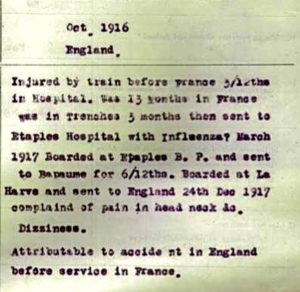
Most of the fighting was concentrated around Bapaune and Bullecourt – 1917 was the worst year of WW1 with terrible loss of lives.



